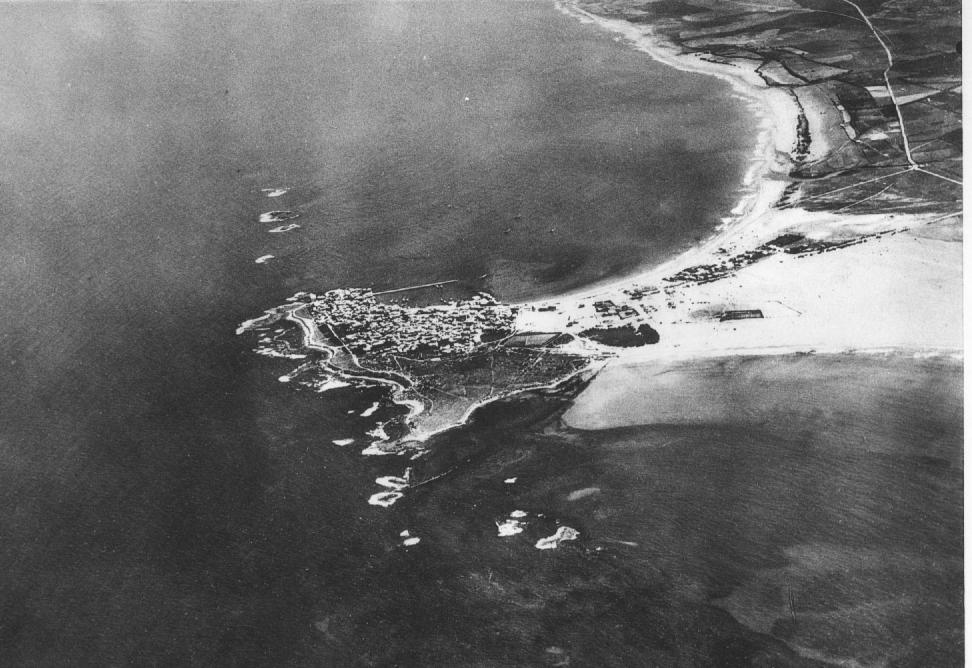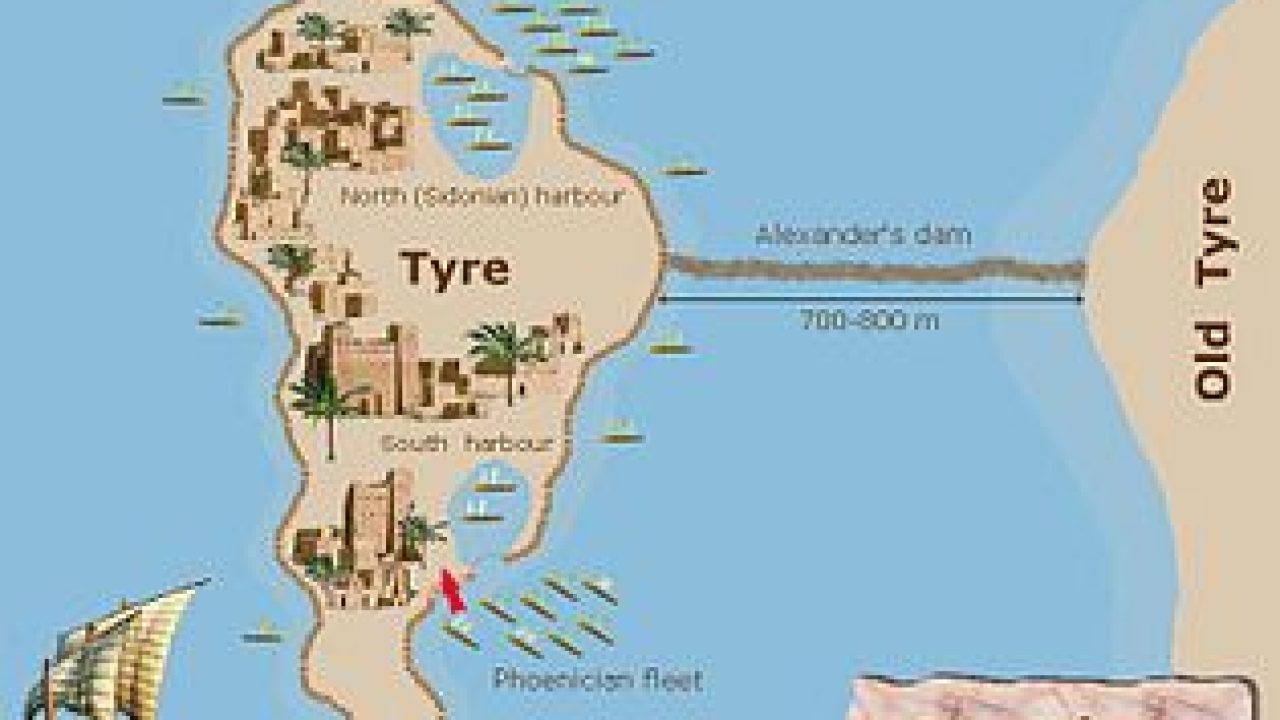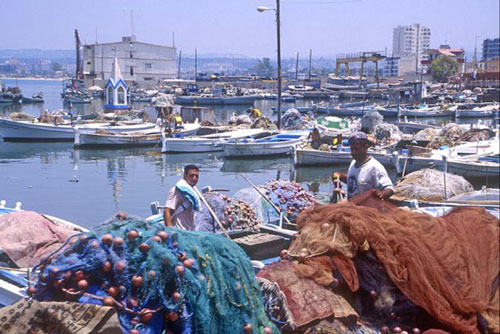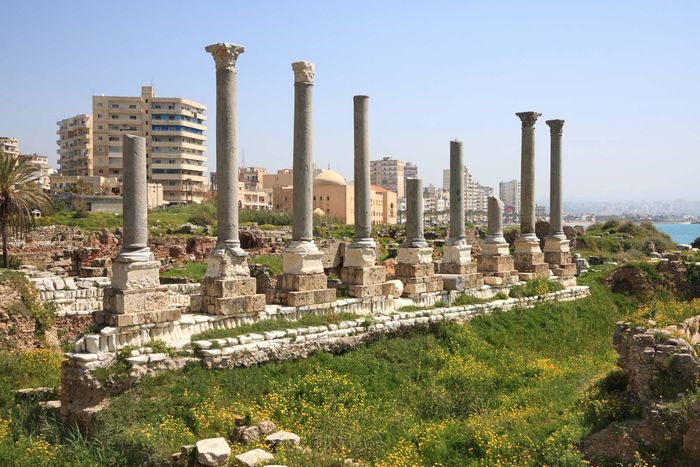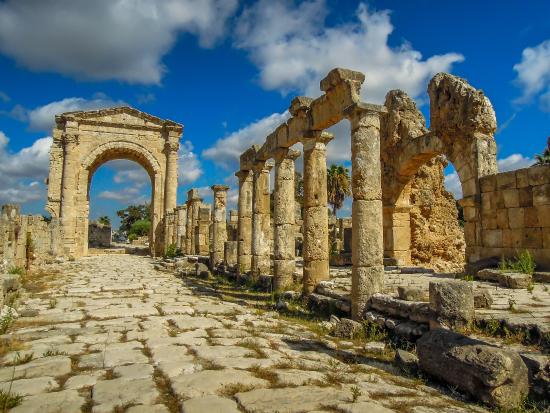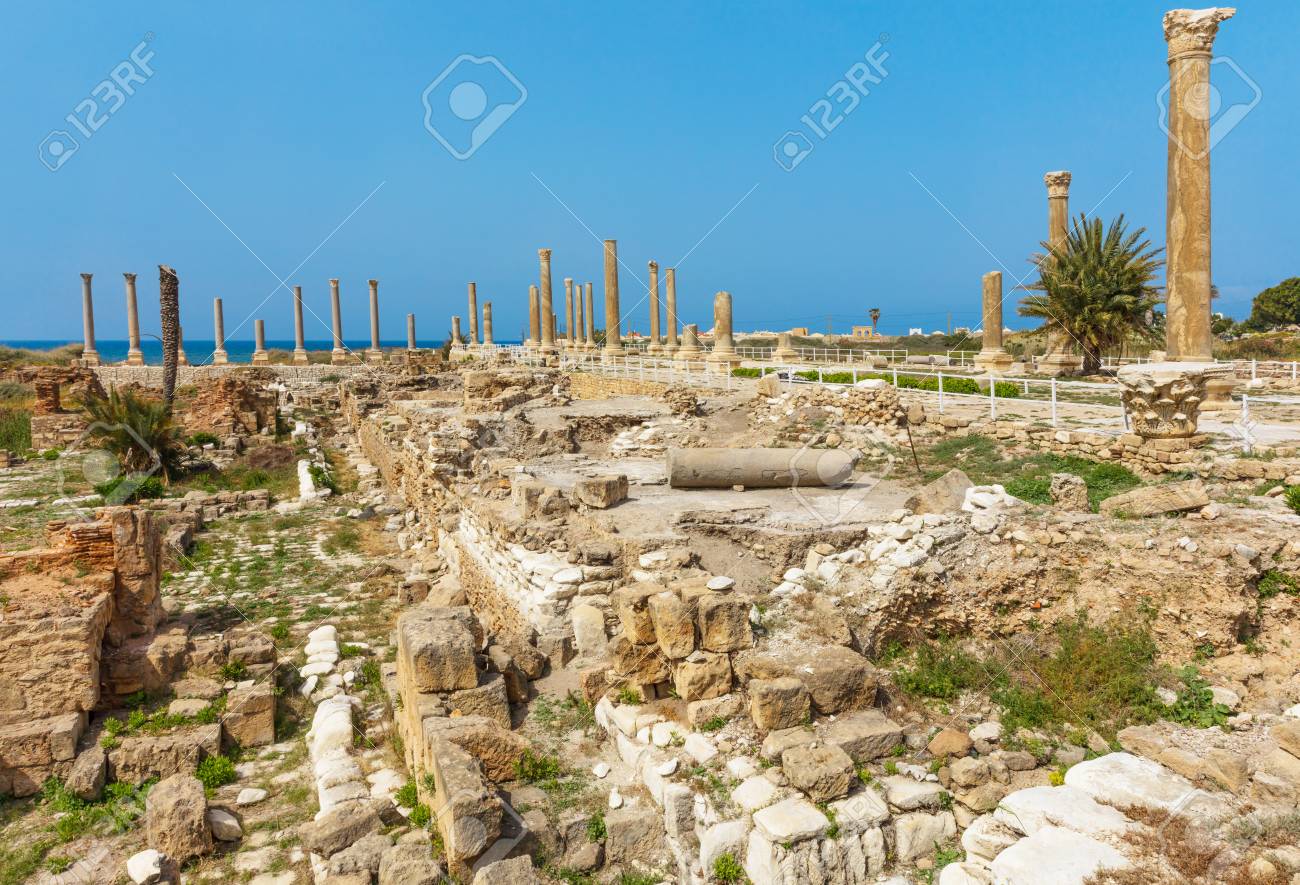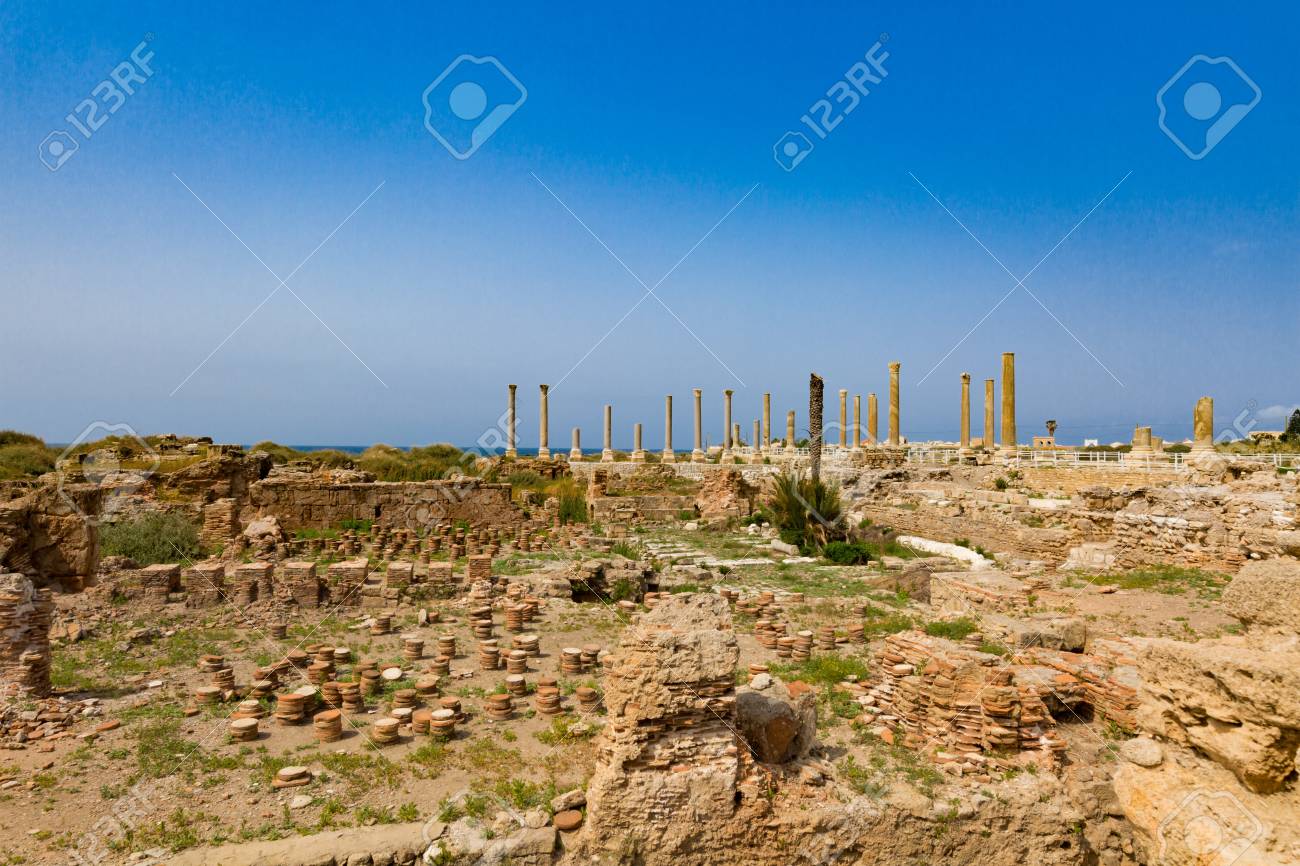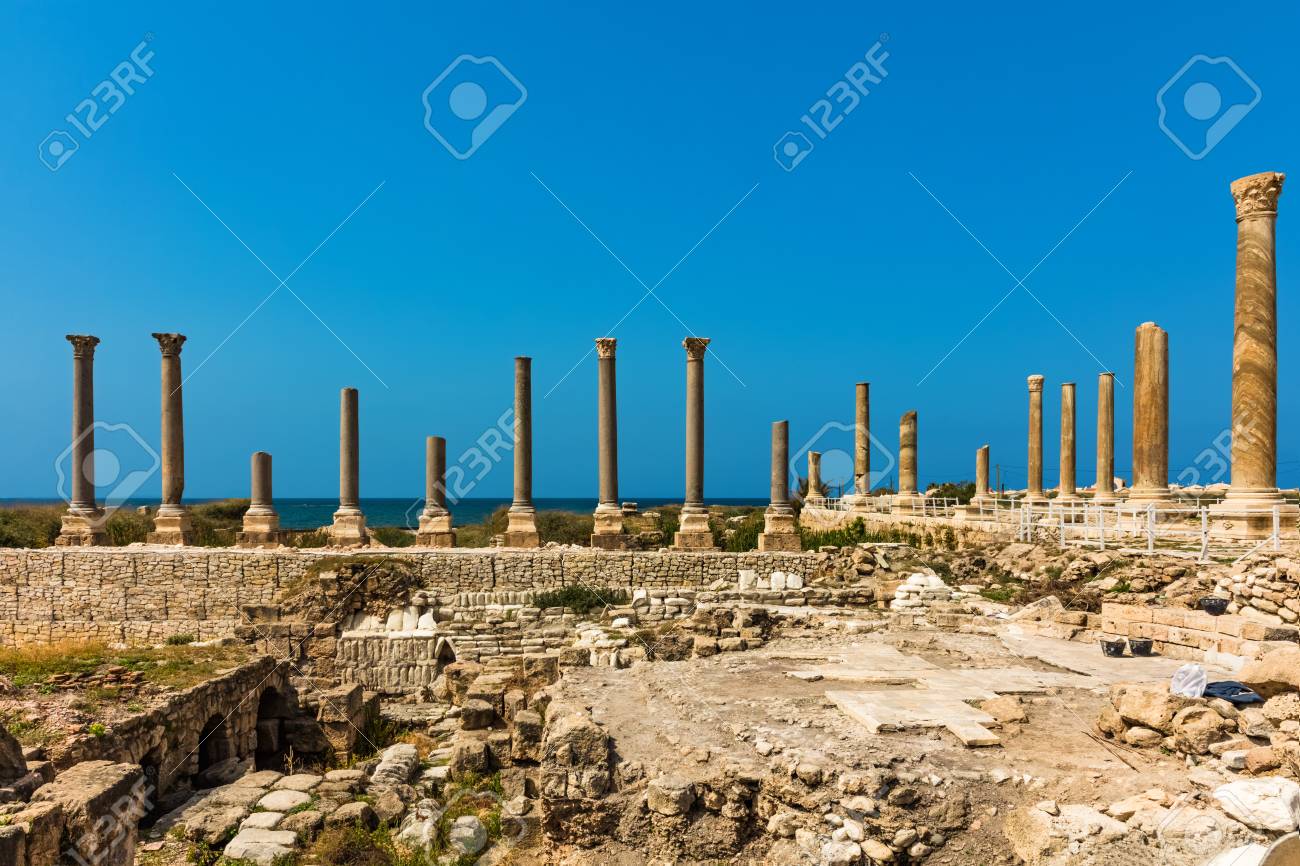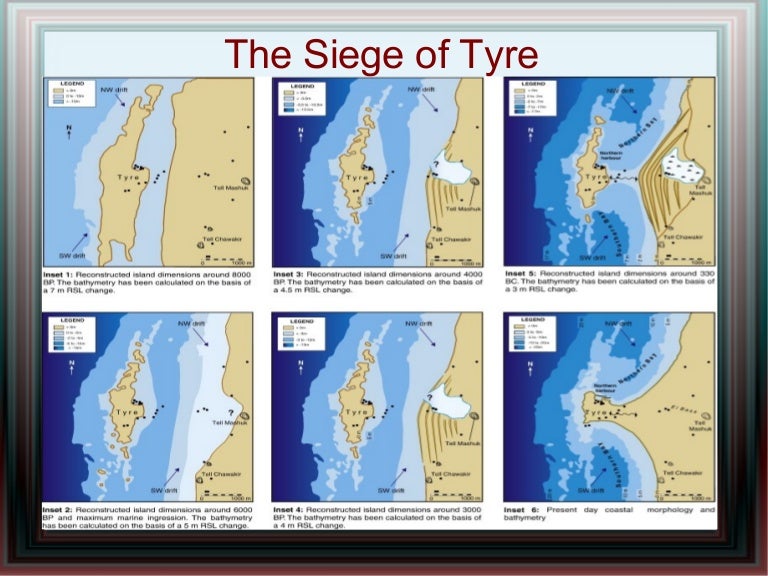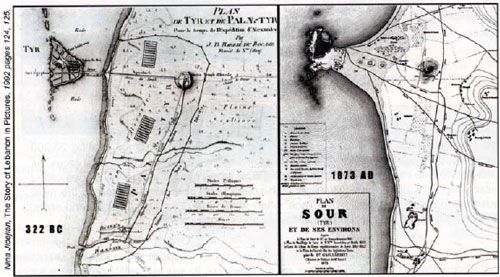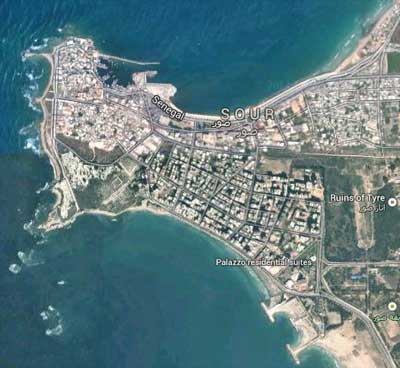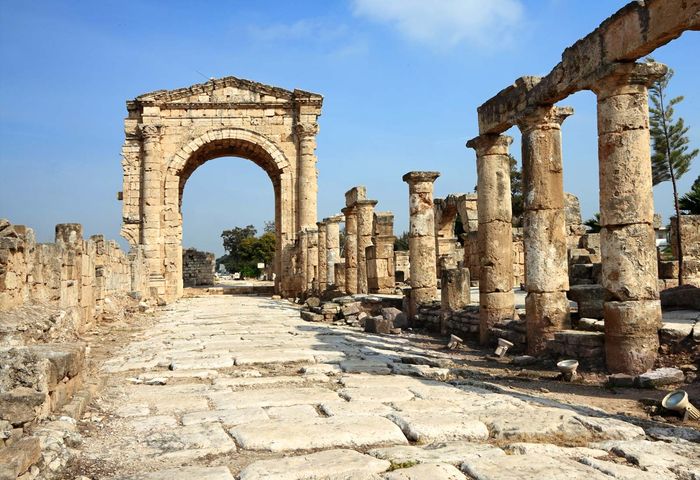A different translation? What translation is that please?
Sorry about that. That was an error on my part. Silly me. How could one throw a city into the sea...

I meant the rubble.
This is one very detailed prophecy - one of the most. So detailed, it should cause one to wonder why. Why would someone make a prediction, and give such specific details (throwing stone, and woodwork and dust into the sea... etc.)? Unless... they were making a point.
Just as it was, with Daniel's prophecies, this is the point being made...
“‘For
I myself have spoken,’ declares the Sovereign Lord Jehovah, ...and people will have to know that I am Jehovah (Ezekiel 26:5, 6)
What better way to give adequate proof of the reliability and trustworthiness, of his divine word, so that sincere people of honest heart will know, "I myself have spoken". Jehovah has spoken it, not man.
So just as Joshua said, over 3000 years ago... "Not one word Jehovah has spoken, has failed!", honest hearted people today, reading his word, and accepting it as it truly is, rather than living in denial, can say the same... Contrary to deniers that never seem to learn, not one prophecy has failed. They have all come true. (Joshua 23:14)
Was the prophecy in Ezekiel 26 fulfilled?
(Ezekiel 26:3)
...this is what the Sovereign Lord Jehovah says: ‘Here
I am against you, O Tyre, and I will bring up many nations against you, just as the sea brings up its waves.

Beginning with Babylon, followed by Greece with allies Cyprus, and Ionia.
Alexander the Great used ships from many nations, against the island city of Tyre.
(Ezekiel 26:7-9)
‘Here I am bringing
King Nebuchadnezzar of Babylon against Tyre from the north . . .
He will destroy your settlements in the countryside with the sword, and he will build a siege wall and throw up a siege rampart against you and raise up a great shield against you. He will pound your walls with his battering ram, and with his axes he will pull down your towers.

Yes. He did.
Babylon did destroy the mainland Tyre.
Siege of Tyre (586–573 BC) by the Babylonians under Nebuchadnezzar II
(Ezekiel 26:12)
They will loot your resources, plunder your merchandise, tear down your walls, and pull down your fine houses; then they will throw your stones and your woodwork and your soil into the water.’
 Siege of Tyre (332 BC) by the Macedonians under Alexander the Great
Siege of Tyre (332 BC) by the Macedonians under Alexander the Great
Rubble (Pillars, stone, woodwork, soil, and dust) from the old city ruins of mainland Tyre, were used to build a causeway to the island city Tyre.
(Ezekiel 26:14)
I will make you a shining, bare rock, and you will become a drying yard for dragnets.

“The port has become a haven today for fishing boats and a place for spreading nets“ - Tyre Through the Ages (1969) by Nina Jidejian
(Ezekiel 26:14)
You will never be rebuilt, for I myself, Jehovah, have spoken,’ declares the Sovereign Lord Jehovah.

From these shots, we can see that the city was never rebuilt. Buildings have been erected on the land to form a city.
That is not against the prophecy, which said that Tyre will not be rebuilt.
The island (actually more than half of it, if not all) also broke away, and sank. The land built on, is likely the causeway that nature expanded.
So what remained, and was built on, is far from a city being rebuilt.
One historian wrote, "Alexander did far more against Tyre than Shalmaneser or Nebuchadnezzar had done. Not content with crushing her, he took care that she never should revive; for he founded Alexandria as her substitute, and changed forever the track of the commerce of the world." (Edward Creasy, Fifteen Decisive Battles of the World, ch. 4).
This is probably why the author of the RationalWiki article, used the phrase
"Tyre's land would never be built upon again", because he knows the land was built on, but the city was never rebuilt.
That phrase is nowhere to be found in the Bible, nor any Bible translation. I checked.
They all say, "The city will never be rebuilt", r "You will never be rebuilt", or the like. Never "Your land will never be built upon". This guy is not honest, imo.
Yes
the prophecy was fulfilled.
Non-believers misinterpret this prophecy to make Nebuchadnezzar the king of Babylon, the sole nation prophesied to destroy Tyre. This is a mistaken view, and misunderstanding of the texts.
The prophecy stated that "many nations" were to come up against the city, like waves of the sea, eventually destroying the city of Tyre, Thus the prophecy was given in detail, and fulfilled in detail.
I will select the next (final) prophecy, later.

